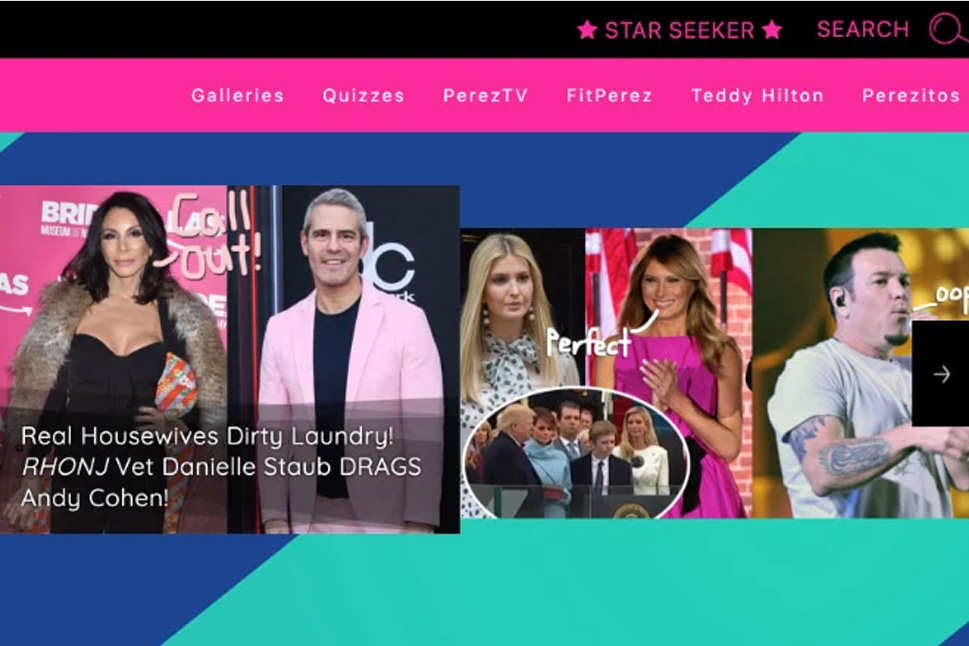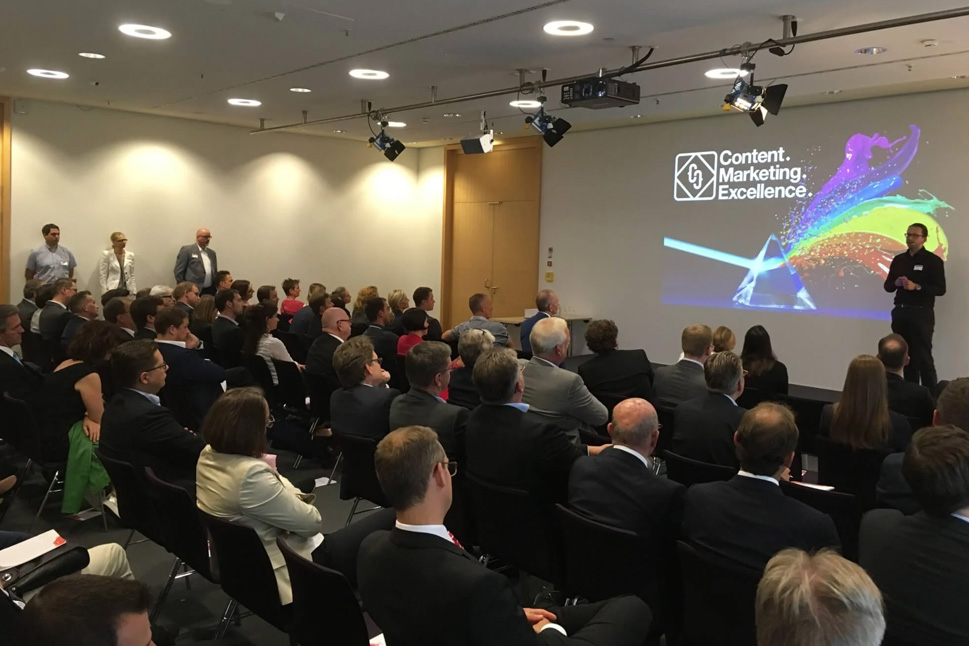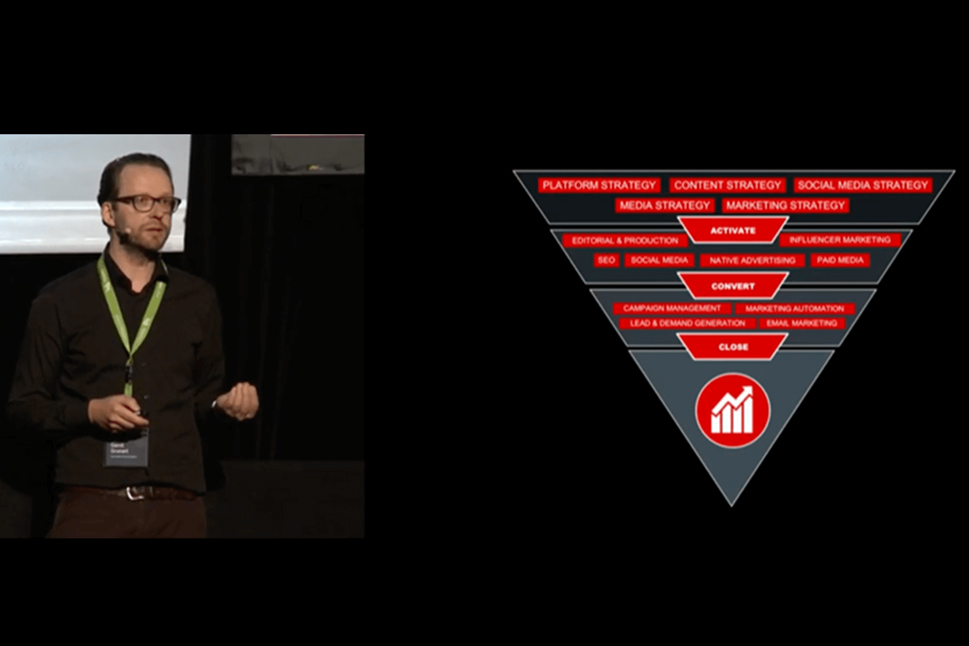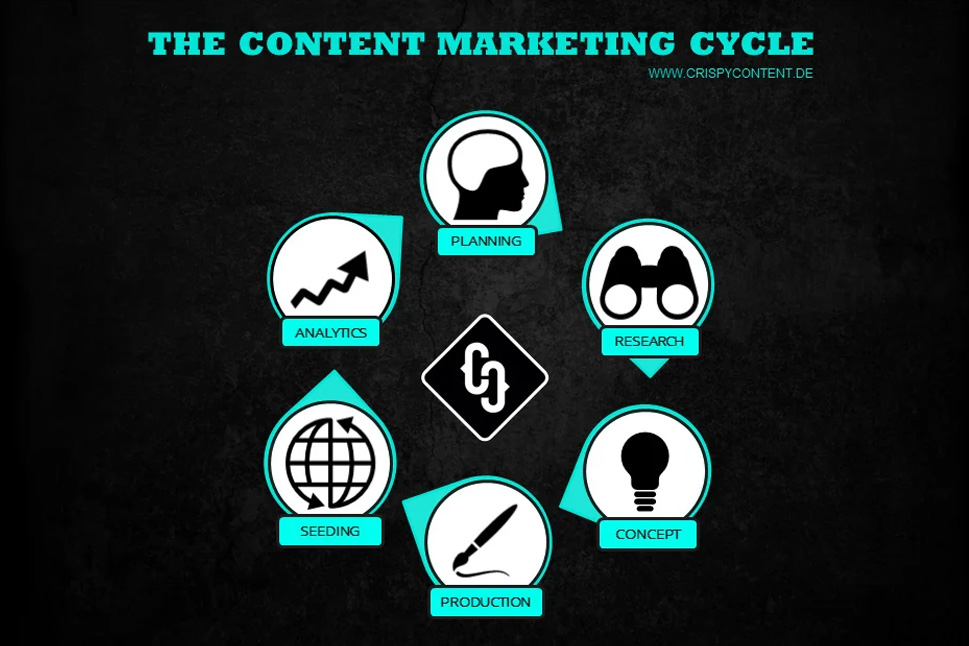The End of Inbound Marketing as We Know It
Last updated on November 19, 2025 at 08:30 AM.For two years now, I’ve been looking at my marketing dashboard in HubSpot every week. The entire funnel is right in front of me – starting with SEO, blog posts, landing pages, and emails, through newsletters, all the way into the CRM. And for two years, I’ve been asking myself: How much longer will HubSpot’s inbound marketing approach and the belief in a semi-automated way of acquiring new customers actually work – especially when you’re not selling inbound marketing software but using it for your own purposes?

Marketing for B2B Service Providers
We don’t sell marketing software, we sell services. Our target audience consists of department heads, division managers, or CEOs in companies with annual revenues above 500 million euros – essentially the classic mid-sized corporate groups in Germany.
But when I look at our mailing list, I mostly find people interested in professional development: students, junior marketing managers, or beginners who want to learn how to conduct an SEO analysis or develop a persona.
That’s understandable – and in some ways even positive. It strengthens our authority: we develop strategies for the digital space, so we should showcase what we’re capable of. Our website, with all its content, is like a well-prepared home for a housewarming party: when potential clients visit our site, they should think:
“Wow, they really know what they’re doing, and they’ve been doing it for a long time – check! Why not send an inquiry?”
But that’s only half the story.
The Expensive Second Step: Marketing Automation
The second part of inbound marketing is qualifying visitors. That means marketing automation – and it’s expensive. If you generate a significant number of leads, you’ll quickly invest more than €10,000 per year in software licenses.
The principle is well known:
- You write blog posts.
- Someone reads them.
- Maybe they subscribe to your newsletter.
- You send more emails or offer a whitepaper for download.
- And then you have them – the “qualified” leads with name, email, and job title.
But in reality, these leads often aren’t the right ones.
They are marketing employees without the necessary budget or decision-making authority. Maybe they’re doing research for their supervisors, but they’re not the buyers.
The result: a long sales cycle stretching over many months – and an expensive automation system filled with unqualified leads.
Wrong Content? Wrong Target Group? No – Wrong Channel
One might say: “Then just write different blog posts, different topics, more opinion pieces.”
In my experience, engagement drops even further.
Because the daily life of our real target group looks very different: meetings, interviews, reports for upper management – Excel sheets, presentations, strategy papers. None of this has anything to do with the craft of marketing. And when these people go home in the evening, they’re certainly not reading blog posts about content strategy.
Where Decision-Makers Really Get Their Information
So I ask myself: Where does our target audience get their professional insights?
- From trade magazines, online or print?
- From industry newsletters?
- From their LinkedIn feed – seriously?
- Or from their employees, who are the ones reading our blog posts?
I suspect the answer is right there: decision-makers rely on their employees. They read the content indirectly, so to speak, because they’ve long grown tired of mailing lists.
So what now? Back to LinkedIn?
The New Authority: Less Reach, More Relevance
In recent years, LinkedIn has done everything it could to squander its authority in business communication – first with overwhelming amounts of advertising and recently with poorly executed AI experiments. The same mistake Google made years ago. And just as Google is now battling new competitors like Perplexity – which even launched its own browser – LinkedIn will face a similar fate. I don’t believe LinkedIn will deliver a meaningful return in the future.
So What’s Next?
Maybe Substack. Smaller audiences, less noise, more signal. It could be interesting for the next five to ten years. I briefly hoped for Reddit – but with all the growth and expectations, Reddit has become one of the most chaotic places on the internet.
It will be something entirely different: as I wrote in a recent post, I believe in the return of publishers – especially print publishers. Why? Because my target group is annoyed by the LinkedIn feed, has no time for blogs, and is drowning in emails sent by n8n workflows (spam in new clothing).
And then this happens:
A manager walks through the reception area, picks up an issue of Werben & Verkaufen, sees your friendly face, reads a good story – and remembers it when the next pitch shortlist is created.
 Gerrit Grunert
Gerrit Grunert
Gerrit Grunert is the founder and CEO of Crispy Content®. In 2019, he published his book "Methodical Content Marketing" published by Springer Gabler, as well as the series of online courses "Making Content." In his free time, Gerrit is a passionate guitar collector, likes reading books by Stefan Zweig, and listening to music from the day before yesterday.




.png)











.jpg)

-1.jpg)

-1.jpg)
.jpg)



.jpg)













.jpg)







.jpg)

































.jpg)












































